Wilderness adventures have been a fundamental part of the NCC experience from the beginning. The sense of excitement, discovery and camaraderie these trips provide keeps compelling generation after generation of campers to explore the mountains and waterways of the Adirondack Park.
Not too long ago, Pete Gucker shared some recollections of early NCC trips:
The first overnights took place at "Spring Camp" on Warm Pond, a lakeside cedar-covered site that included a delicious cold spring. That ceased to be available when Koert Burnham created the Highlands Forge Lake Property Owners Association and sold all the land around the lake. The first canoe trips went to Willsboro Bay on Champlain, where we camped on Willsboro Point before the shoreline transitioned from farmland to vacation housing.
In those earlier days trip stoves did not exist. All trip cooking was over open fires, leading to skilled, often challenging fire building (I recall, as a cub, learning my first swear words as our counselor attempted to get a fire going in the rain on Port Kent Beach), after-the-fact amusing incidents (didn't seem funny to the perpetrators; example: Ken Bache missing the frying pan and breaking a dozen eggs into the fire), and special meals featuring reflector-oven baking.
Extended trips were part of the camp program from the beginning. In those earlier days the local roads, including Route 9, were still unpaved. I recall tales of hikes from camp to climb Marcy. An early canoe trip involved transporting canoes from Warm Pond to Augur Lake by horse-drawn wagon, back when Chief was exploring a new location for Camp Lincoln.
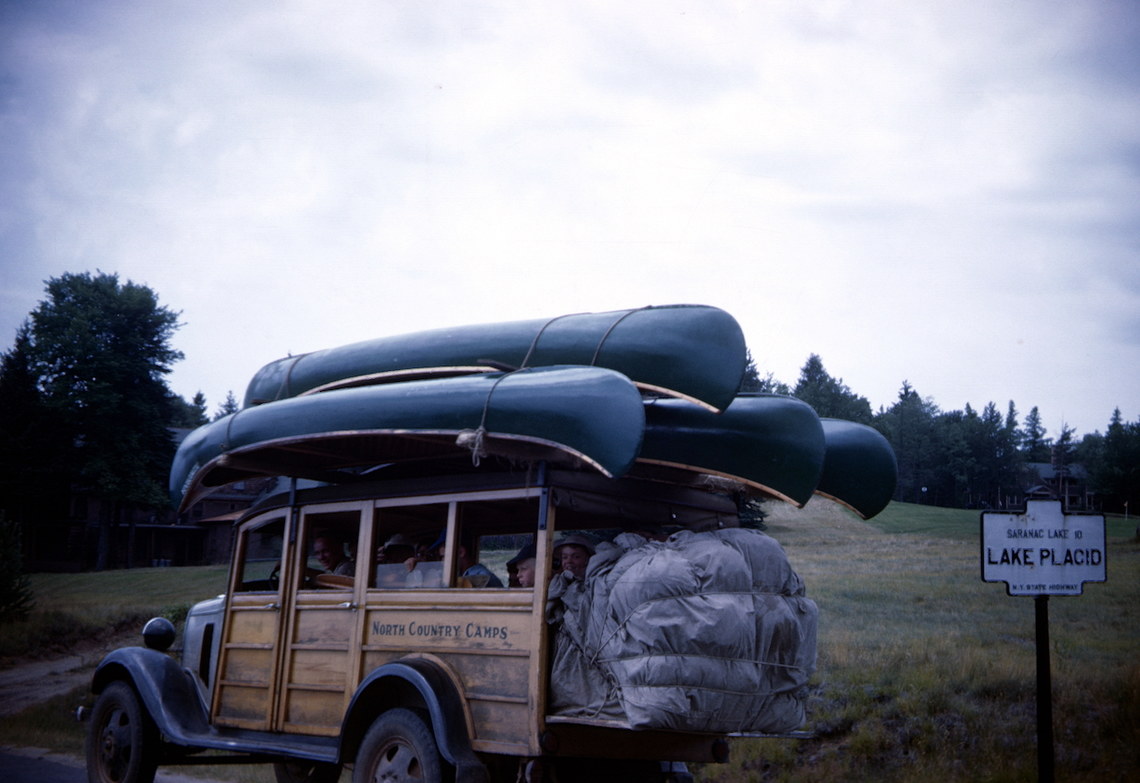
The emphasis on peak bagging probably began with Bob Denniston and Doc Crandall. Bob was an inveterate record keeper and an irrepressible enthusiast for whatever endeavor he undertook. Once he learned about the "46" he couldn't be stopped until he'd done them all. He came up with the idea for the Lincoln Mountain Club. If not the originator, he became the principal leader of trip craft as a morning activity. Trip craft and canoeing were required activities for many years, regarded as qualifiers for trips.
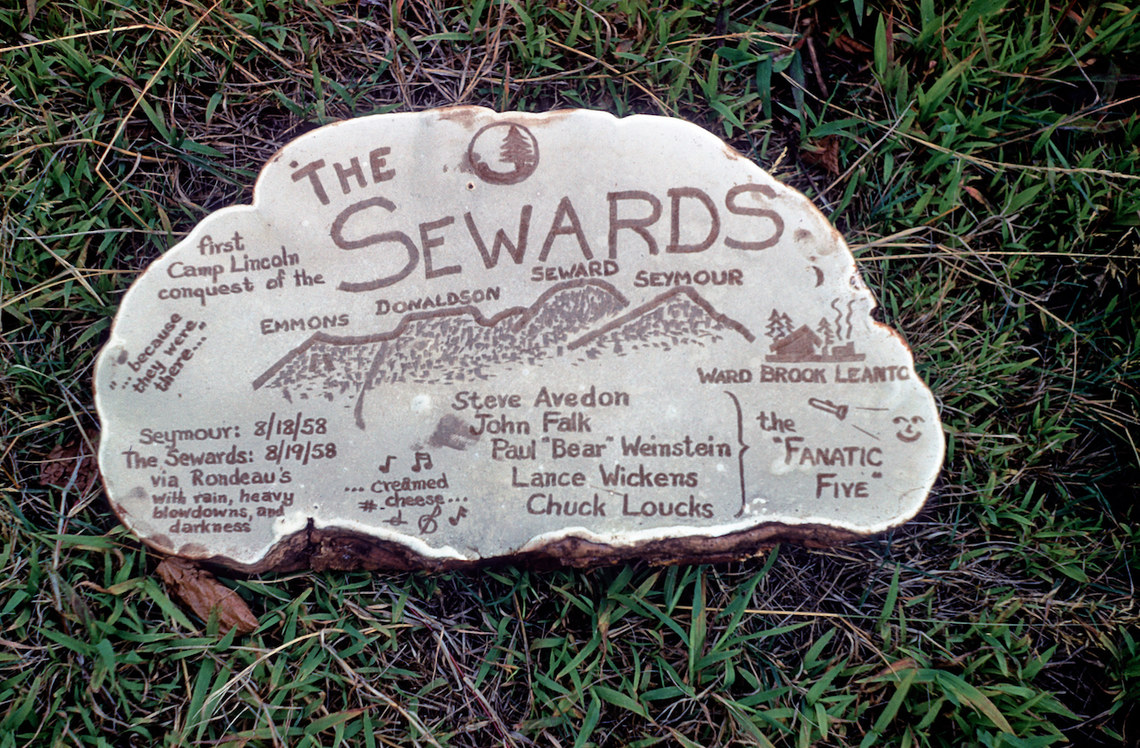
In earlier days, before mountain climbing became so dominant, there were extended Champlain canoe trips to the north and down the Richelieu River to Saint Johns, then switching to a camp vehicle for the drive to Montreal and Quebec. There was even a time when the trip from Montreal to Quebec was by overnight boat down the St. Lawrence River. Such trips ended when camp sites on Champlain became harder to find.
Like Pete, Jan also has remarkably clear memories of those early days (these recollections from the 1930s):
In the beginning at Whippoorwill every camper experienced a cookout, then an overnight at a lean-to on the camp shore. Next, we loved going to Spring Camp on Warm Pond where we slept in tents, swam and climbed Rattlesnake Mountain. I remember feeding leftover oatmeal to swarms of little fish as we rinsed pots in the lake (a big NO now!). Day trips included Pinnacle, a hike to Prospect Hill and then Poke-o-Moonshine. It was a carefully planned progressive program as skills and stamina improved. I do know we climbed Mt. Marcy at an early age. (And I still know the first trip song!)
Early canoe trips were to the Point or to Whip Island where we built a lean-to. Then it was on to Willsboro Bay where we had permission to camp on the rocky shore of a cow pasture, usually without cows, just their gifts, up in the meadow. I also remember a very ambitious trip to Tupper Lake where we sat in tents for two days of pouring rain. Never again.
Mr. Sperry was our only and very meticulous leader. Chores were assigned so that everyone learned each process during a trip including gathering wood, digging a latrine, cooking and cleaning up. I remember always simmering prunes on the fire while heating dishwater, to be ready for breakfast.
Nancy added her own memories (and remarkably, still recalls having experiences at Warm Pond very similar to Jan’s but more than 30 years later):
Overnight trips to Warm Pond were often the first trip of the season, and a highlight for Birdies and Cubs. I have a memory of hiking up Rattlesnake from there (a little further down the road from where we camped). It was exciting to dump leftover spaghetti or oatmeal in the pond and watch the fish gobble it up. I’ve often been struck by this (as a completely ethical practice at the time), putting cans and trash in the pits behind the lean-tos, and by the camping “ethic” of collecting firewood and putting a fresh layer of balsam boughs on the floor of lean-tos throughout the High Peaks, for the next group. How times have changed!
As Nancy noted, it’s also fun to reflect on how our trip program, and many of our practices, have changed. For example, it would likely surprise today’s campers to hear that we once drank unfiltered water from streams, or jumped off the cliffs into John’s Brook just below the suspension bridge. While we might lament the passing of some practices, we can also be proud of how our relationship with the land has changed. Campers today learn the 7 Principles of Leave No Trace, thus minimizing our impact on the natural environment in ways that likely never would have occurred to camp groups of the past.
We still do many of the same trips that the parents and grandparents of today’s campers once took, like hiking the local peaks around Augur Lake:
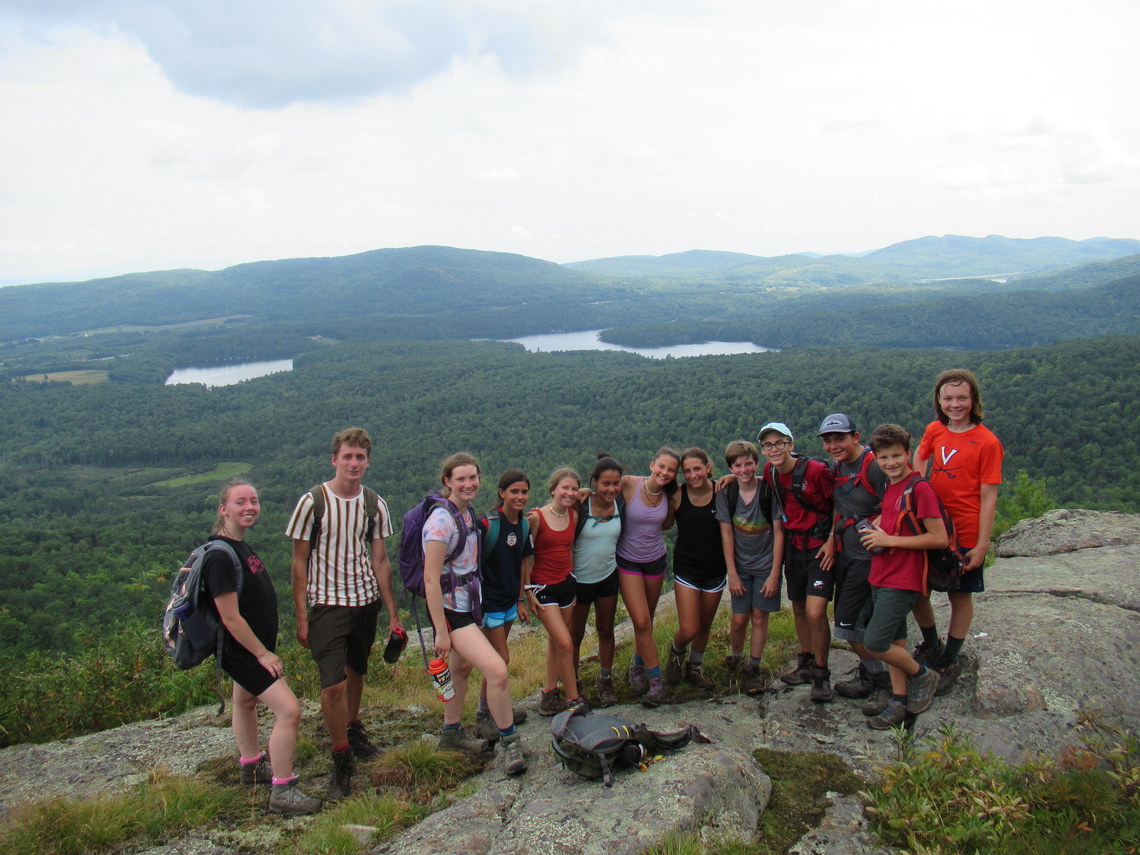
We also still regularly venture off on multi-day trips, both into the High Peaks and along those same canoe routes as camp groups from long ago:
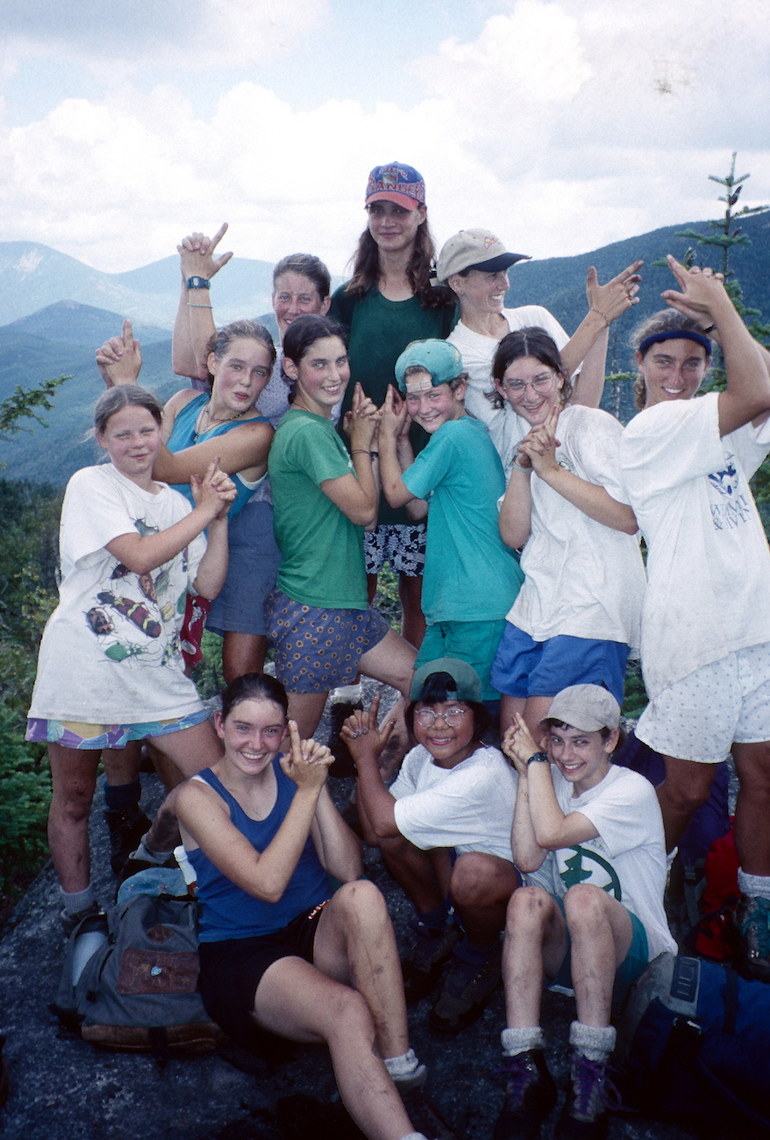
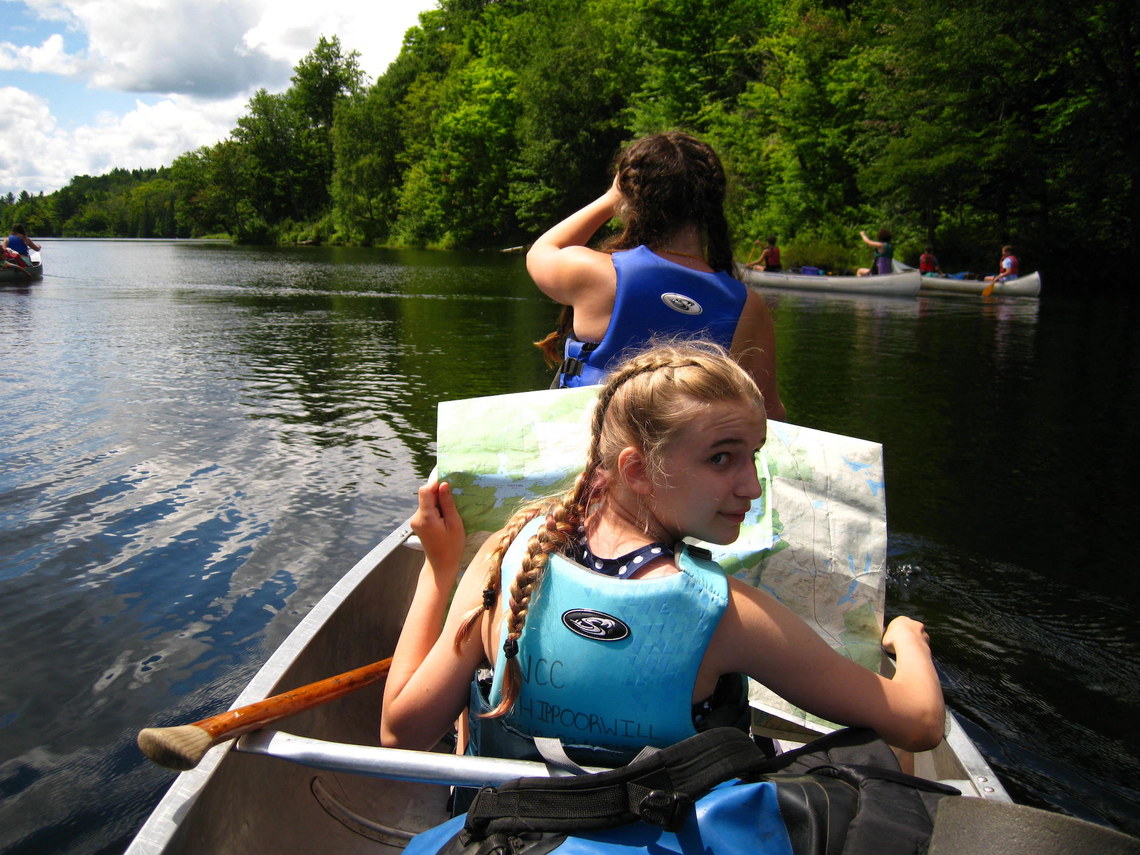
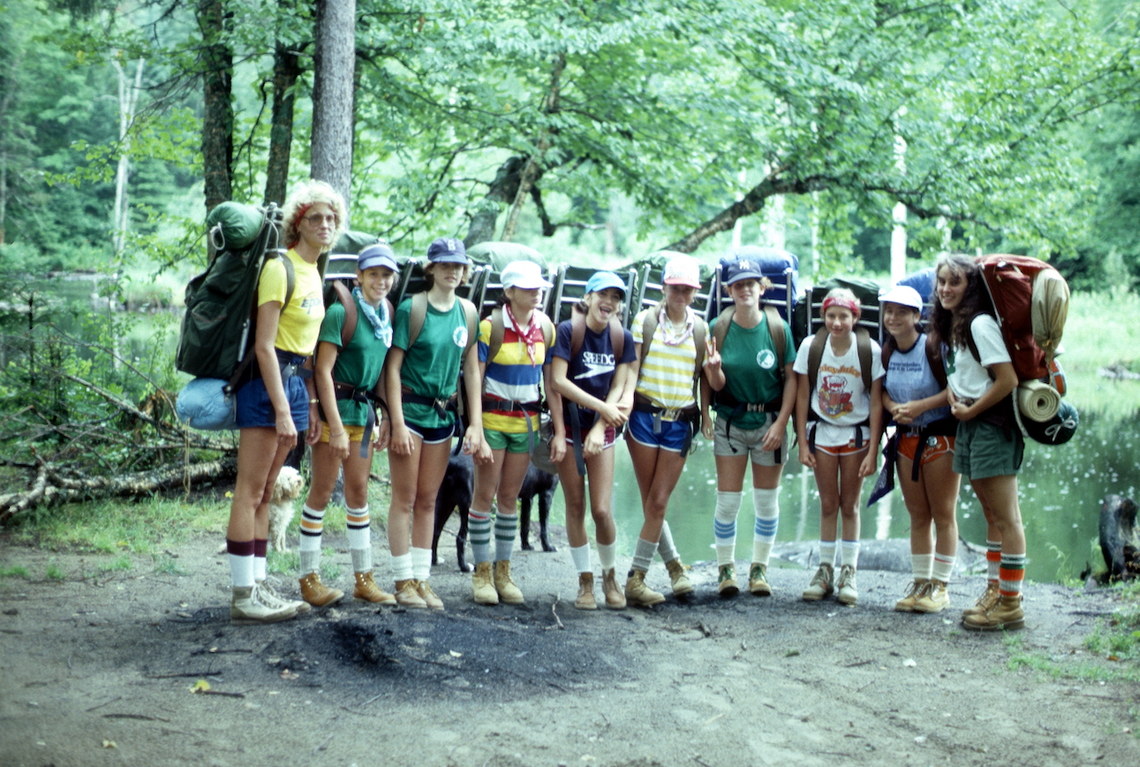
Among his recollections, Pete noted that “in those early years just about every hike or canoe trip was a 'first' requiring genuine map and compass trail and route finding.” That’s happening again today as groups do first NCC ascents of peaks with no trails. We even occasionally take camper-led bushwhacks where the kids do all the planning and navigation.
Not all of our trips are in the wilderness. In the 1980s and 1990s we towed a boat over for day sails on Lake Champlain.
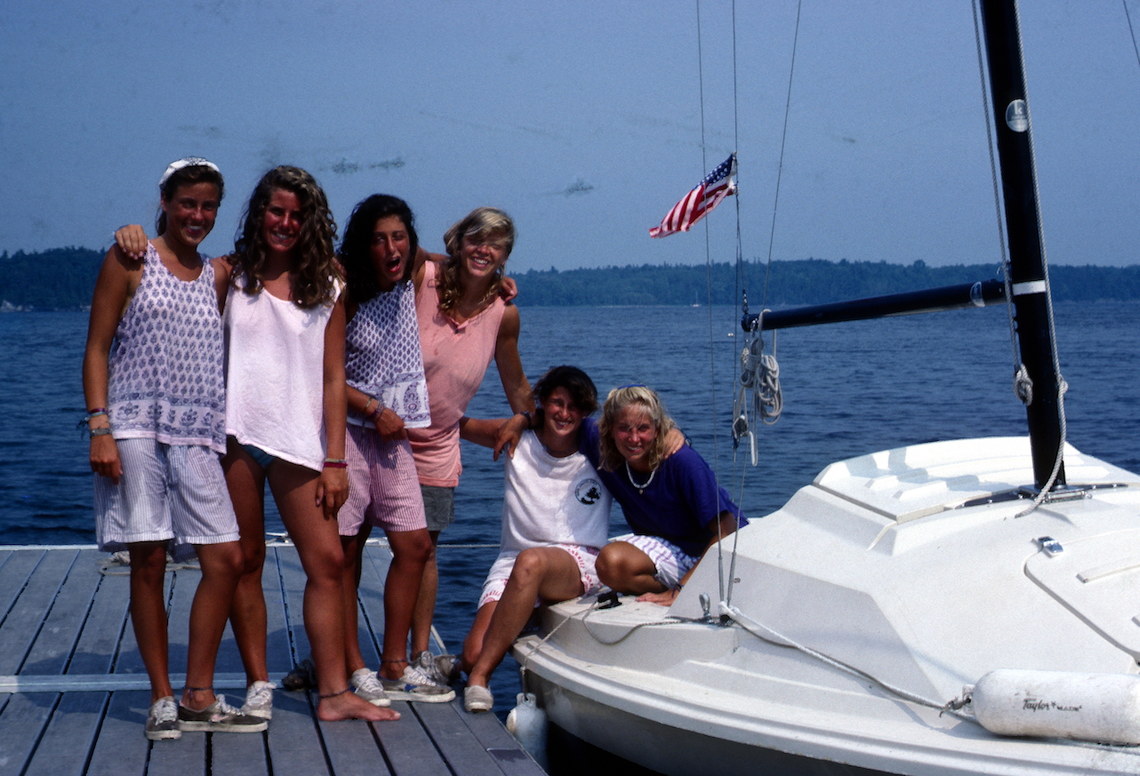
Today, NCC has a 25-foot sailboat at a marina in Willsboro that we regularly use for day and overnight adventures.
We also used to take extended bike trips in Canada and Vermont, staying in youth hostels:
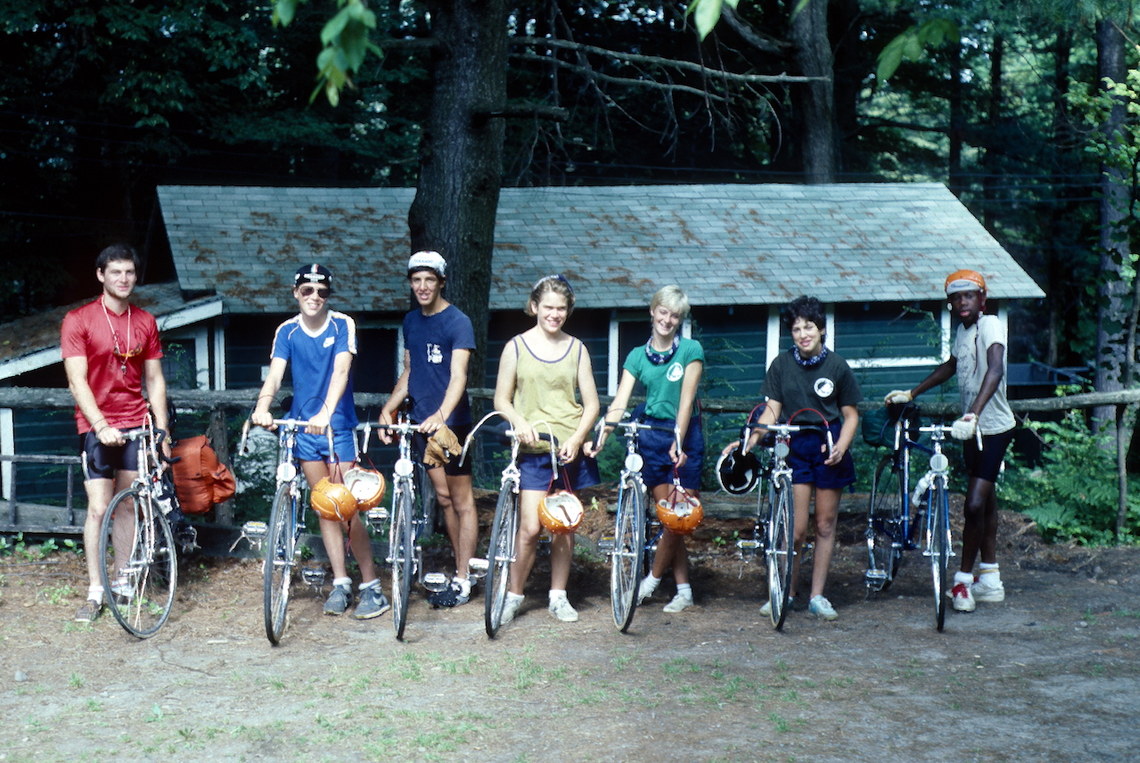
Although we don’t do that anymore, we now have mountain bikes that we ride between both camps and along our own trail network.
Rock climbing trips became a regular part of the camp program in the 1980s:
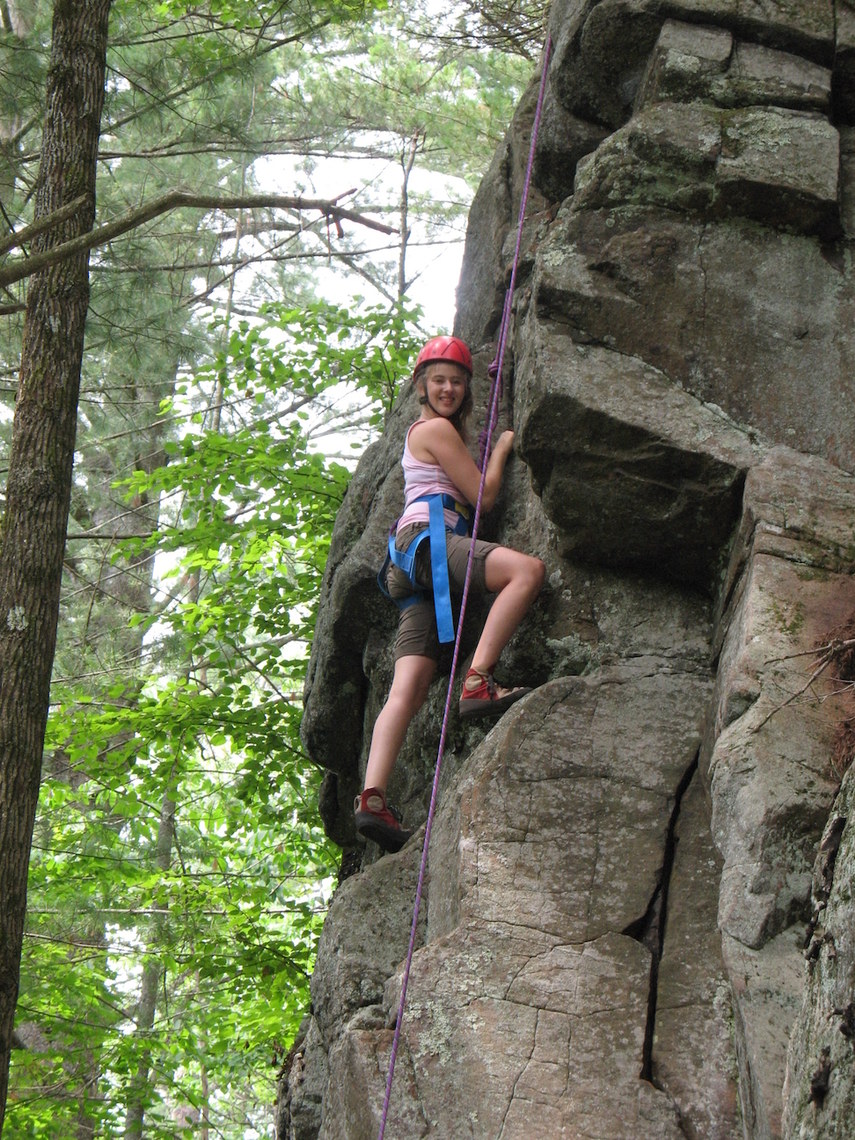
We’ve also started exploring new destinations such as canoe trips to Lake Lila and Lows Lake, or climbing the next 4 peaks just below 4,000 feet in elevation, allowing a few energetic campers to go beyond “the 46” and complete “the 50”. Following Hurricane Irene in 2011, options for slide climbing in the High Peaks expanded dramatically and those trips have become a staple in our program:
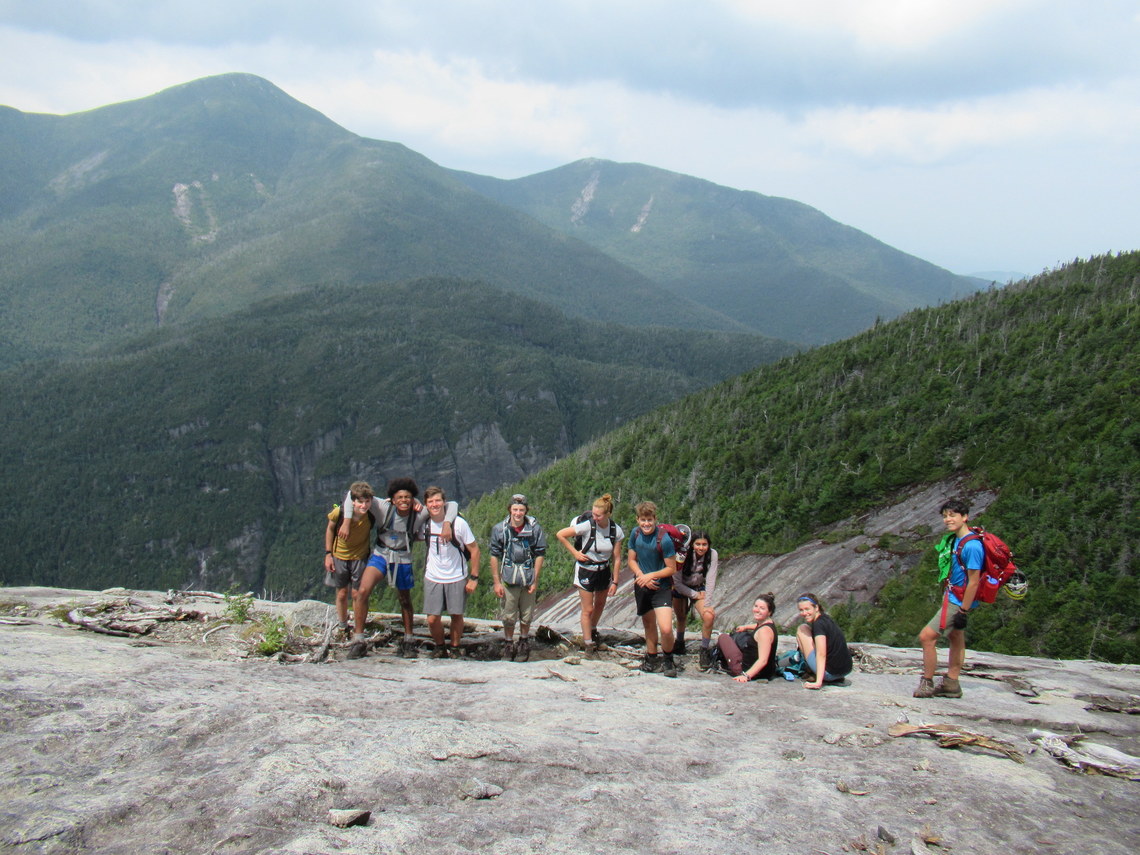
Over 100 years of NCC taking trips and yet there are still so many new places to explore. The Adirondacks offer almost endless opportunities to experience the joys of disconnecting from civilization and spending time on the water and in the woods. And there’s a whole summer of new NCC trip adventures just a few months away.
